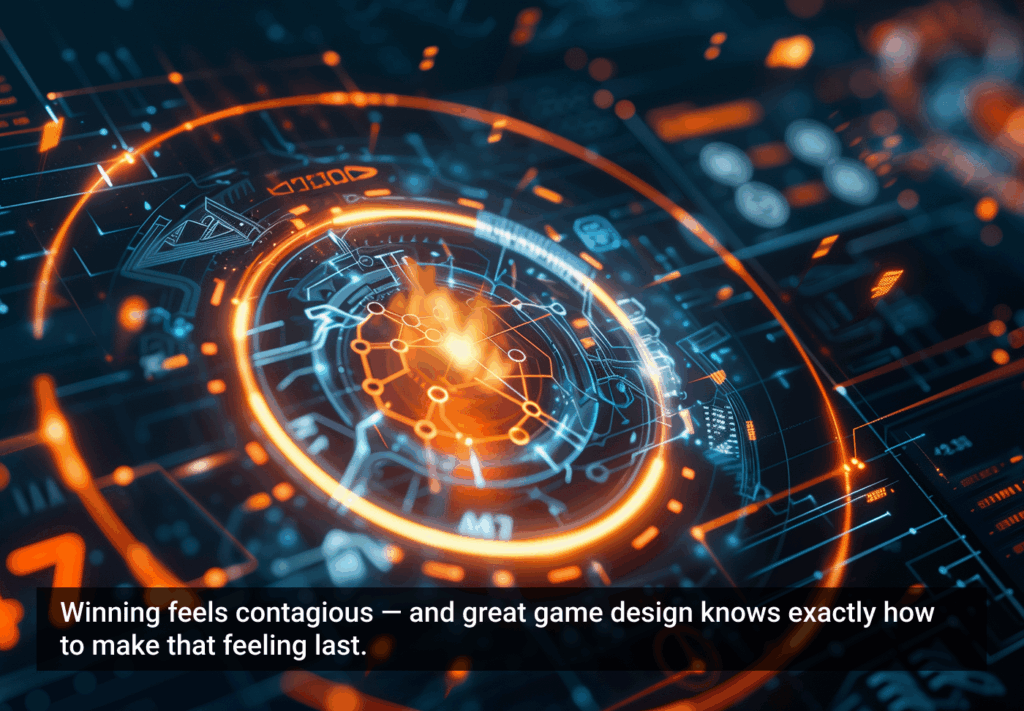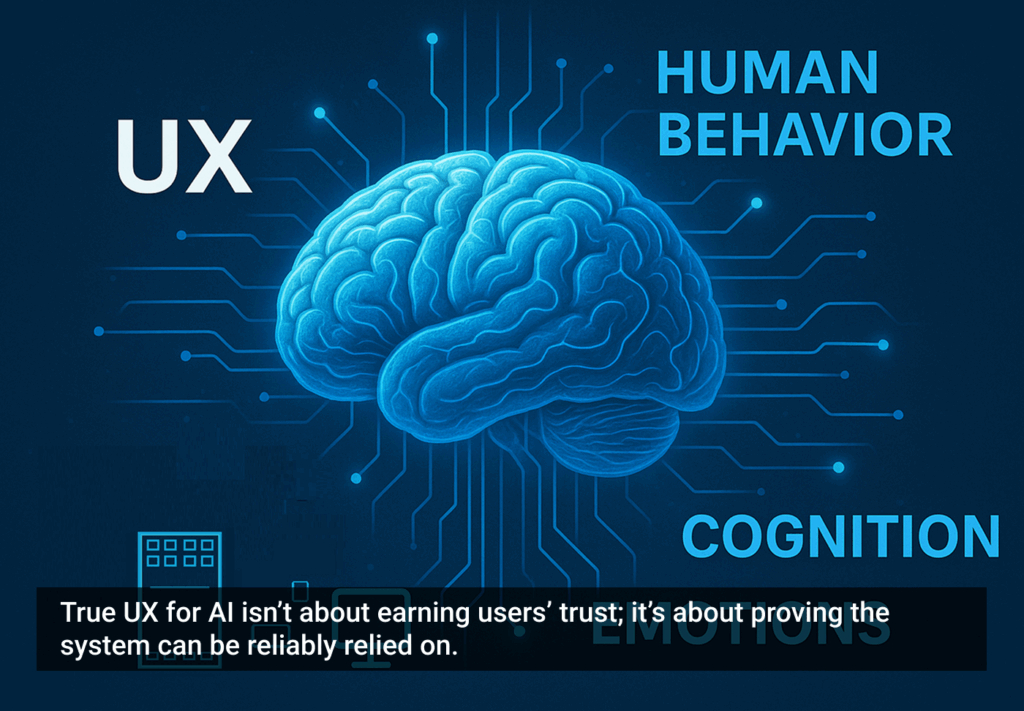As part of our ongoing effort to shine more light into the nooks and crannies of user-centered design, research, and academia, UX Magazine is presenting the international Design for Experience awards.
The DfE awards stand apart from other award programs by recognizing excellence and innovation while also generating resource material we can all learn from.
A focus on what can be gleaned from the successes and failures of each product/service/team submitted is present throughout the judging process. The information gathered from submissions in each of our categories will become part of articles published in UX Magazine.
You can get a look at the 24 categories we’ve named for our inaugural award program and submit nominations here. You can also submit general nominations for individuals, organizations, or products that you feel demonstrate a thorough understanding of what UX is all about.
If there’s a team, product, company, agency, or service that you feel deserves recognition, please nominate them right now!







